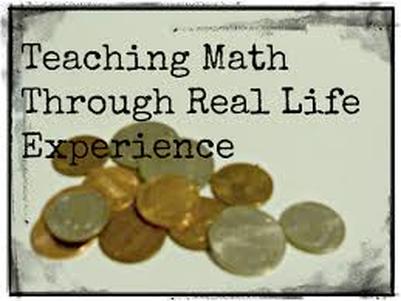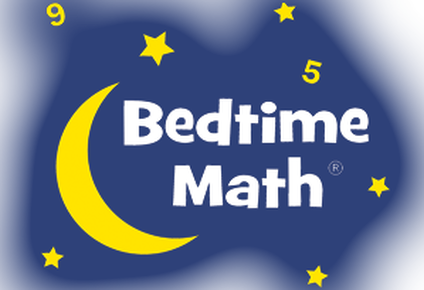|
Mathematics is a part of our everyday life. We all “do math.” We count money, measure things, sort from biggest to smallest, know how many miles it is into town and how long it takes to get there. At work, we may use spreadsheets, a calculator or adding machine, a cash register, or a precision measuring tool. The list goes on and on. Children are taught mathematics in school, but families are an essential part of this learning process too. By doing math with your children and supporting math learning at home, you can make a great difference!
|
|
Here's your nightly math problem! Just 5 quick minutes of number fun for kids and parents at home. Read a cool fun fact, followed by math riddles at different levels so everyone can jump in. Your kids will love you for it. Click on the image below to view tonight's fun math problem!
Helping Your Child with Math HomeworkMany parents worry about not knowing the math their children are studying. In this case, the way to provide homework help is actually quite simple: ask questions and practice careful listening. Simple generic questions can help your child gradually make sense of math, build confidence, and encourage mathematical thinking and communication. When given the opportunity to talk about math, children are often able to remember what they learned in class and see the solution themselves. A good question can open up your child’s thinking about the problem at hand. Here are some useful questions for you to try. Remember that listening to your child’s answers—and providing calm responses—is as important as the questions you ask.
WHEN YOUR CHILD ISN’T SURE HOW TO BEGIN A PROBLEM, ASK:
WHILE YOUR CHILD IS WORKING ON A PROBLEM, ASK:
WHEN YOUR CHILD FINDS AN ANSWER, ASK:
When questions alone just won’t do, another strategy for helping your child is to identify a friend or relative who knows more mathematics than you do. Find out if that person would be willing to answer an occasional phone call from your son or daughter. The Internet is also a great resource. Check out our resource page with many informative math websites. Explore these sites with your child and see if they provide the kind of support you need. Click on the picture above to access our district's adopted math program, EnvisionMath.
|
Children's Books with Math ThemesMath is Everywhere!!!Math at home doesn’t have to happen sitting at a desk. During playtime, on a walk, while you’re fixing dinner, or when your child is just looking for something to do—these are all great opportunities to suggest a math activity. Here are a few ideas that will help your children discover— and use—the math around them.
IN A PLAY AREA, YOUR CHILD CAN:
IN THE KITCHEN, YOUR CHILD CAN:
Click here for additional ideas! |



